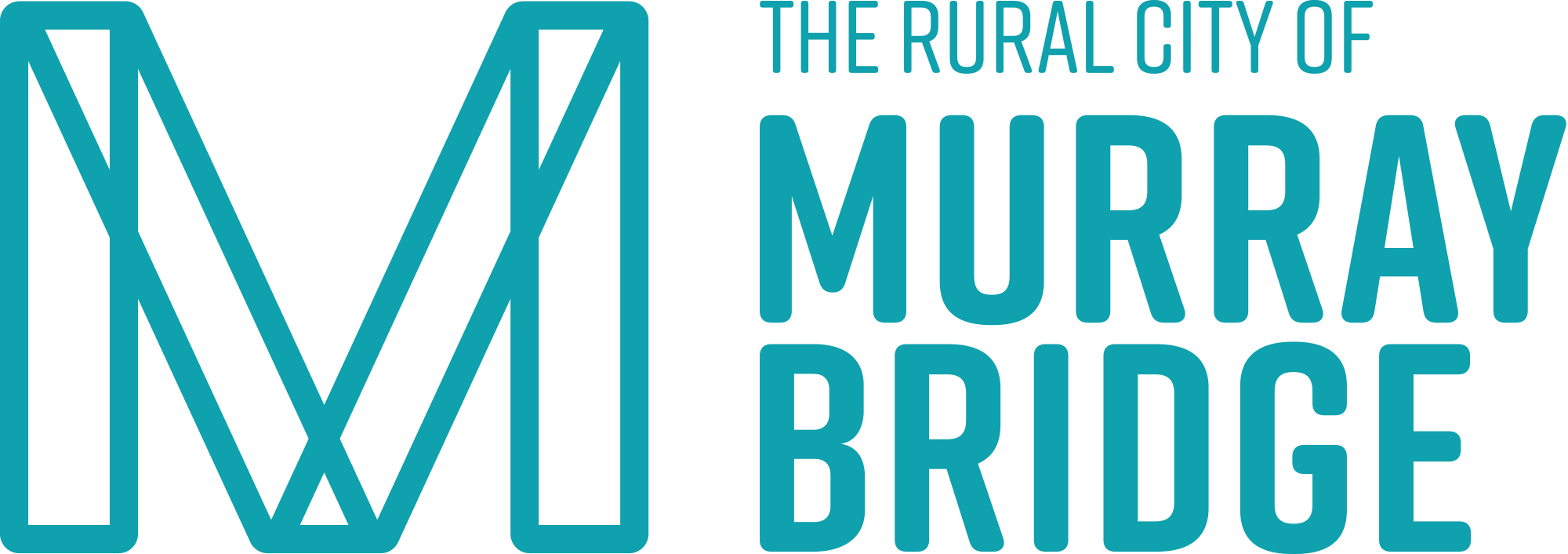
Local Government Centre mosaic sculpture which tells the Ngarrindjeri Dreamtime story of how the River Murray was created.
The Rural City of Murray Bridge acknowledges the Ngarrindjeri people as the traditional owners of this land.
For thousands of years, several indigenous groups lived near the water, including South Australia's largest Aboriginal communities, the Ngarrindjeri people, and the Nganguraku people, many of whom still live in the Riverland, Murraylands and Coorong areas.
These communities maintain an intimate and detailed knowledge of the land, its wildlife, seasons and climate, and this vast body of knowledge is passed from generation to generation.
In days gone by, the local indigenous communities hunted and traded along the river, in canoes cut and crafted from the river red gums that line the water's edge. Rock art and scarred canoe trees still remain along the length of the Murray River and are fascinating reminders of a culture in perfect harmony with the land and its creatures.
Ngarrindjeri Dreaming
The following Ngarrindjeri Dreaming story tells how the River Murray was formed.
'Ngarrindjeri travelled downstream in a bark canoe, in search of his two wives who had run away from him. A giant cod fish (Ponde) swan ahead of Ngarrindjeri, widening the stream with sweeps of his tails. Ngarrindjeri chased the fish, trying to spear it from his canoe. The sweeps and loops of the chase created the Murray River.'
Ngarrindjeri Dreaming Sculpture
The mosaic sculpture pictured above was a community arts development project funded by Arts SA, Country Arts SA and the Rural City of Murray Bridge. This public art project was created by artists Michael Tye and Lena Rigney and tells the traditional Ngarrindjeri story of how the River Murray was created.
